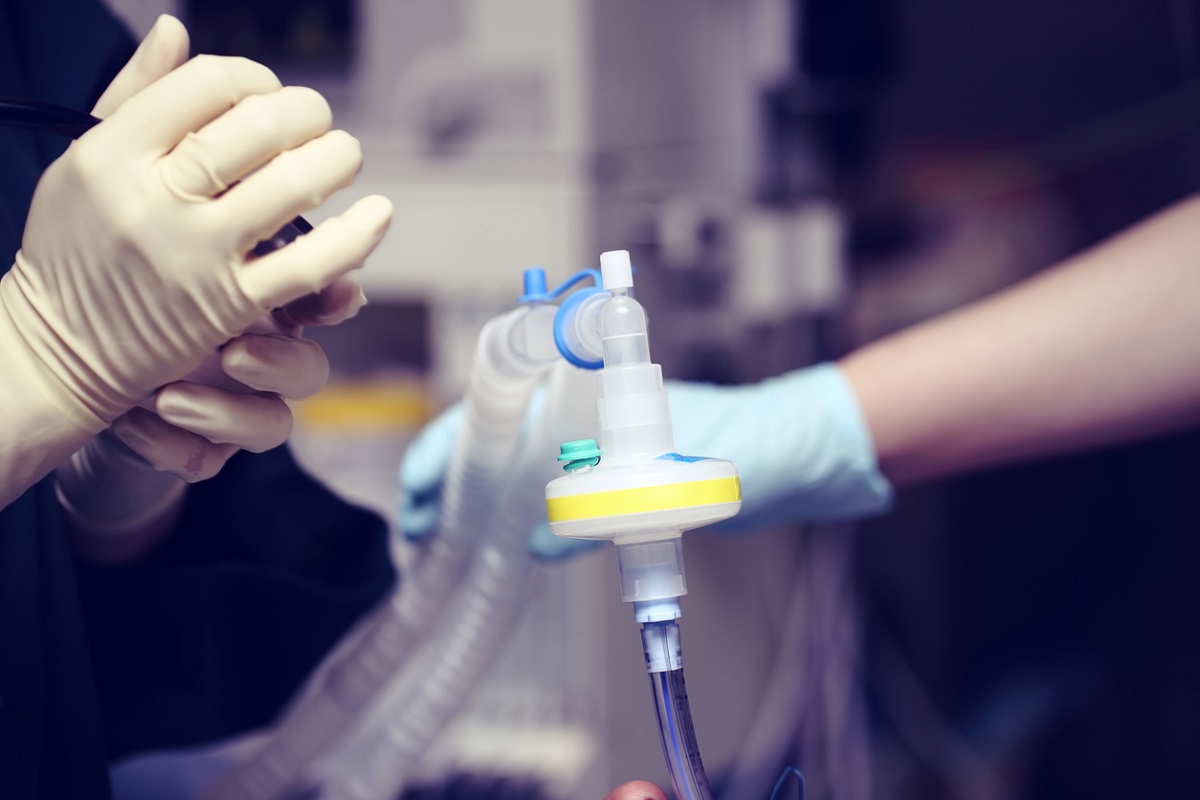Doctors have successfully treated a rare case of a person suffering from bullet injury and being in a coma for the past four years with the help of ‘diaphragmatic pacing’ (DP) that resumed natural breathing mechanism.
The 52-year-old patient received a bullet injury in the third vertebrae in the cervical spine and suffered ‘tetraplegia’ (paralysis of all four limbs) and was on a ventilator for the last four years.
Advertisement
He was off the ventilator for 10 minutes on the first day after DP implant and after 5 days, he can now breathe without the help of the ventilator for an hour, said doctors who expect that in the next 6-9 months, the patient will not need a ventilator at all and will be able to resume 24X7 natural breathing, even when he is asleep.
“We exercised the diaphragm muscles with the help of external electrical stimulation. He has shown improvement from Day 1. He was off the ventilator for 10 minutes on the first day and after 5 days of the process; he can now breathe without the help of ventilator for an hour,” said Dr HS Chhabra, Medical Director Cum Chief of Spine Services, Indian Spinal Injuries Centre (ISIC), New Delhi.
Dr Chhabra said, “We are repeating the process of taking him off the ventilator thrice a day. He will need the ventilator as of now but the requirement of the ventilator and the flow of oxygen will gradually decrease. We expect that in the next 6-9 months, he will not need ventilator at all and will be able to resume 24X7 natural breathing, even when he is asleep.”
Dr Chhabra said, “Diaphragmatic pacer is a new technology in India that will improve the quality of life of such patients immensely ~ patients who are now on ventilator have limitations in moving and speaking. A diaphragmatic pacer will allow them to sit upright, move freely and speak. Besides, these pacers reduce the chances of life-threatening complications such as pneumonia and lung collapse that are usually associated with prolonged use of the ventilator.”
Diaphragm pacing is a minimally invasive procedure to allow ventilator-free breathing for patients paralysed due to spinal cord injury or traumatic brain injury. By artificially stimulating the diaphragm to contract, the patient can breathe naturally without the help of a ventilator.
The diaphragm pacing system acts as a rehabilitative tool and allows patients to reduce their dependence on a ventilator or even completely eliminate the patient’s need for artificial breathing support. The procedure involves implanting electrodes into the patient’s diaphragm muscle and connecting them to an external stimulator which sends electrical impulses. This stimulation to the muscles and nerves of the diaphragm causes it to contract and helps the patient breathe without the help of a mechanical ventilator.
















